Mobile app development is not easy, it requires organization, management, and implementation to ensure a successful application. Here are some best practices for mobile app development, explained. step by step:
1. Ideation and Planning

Define the Purpose: Identify the problem or need that your app will address. Understand your target audience’s preferences.
Market Research: Analyse market-related apps. Identify their strengths, weaknesses, and user reviews to determine what works and what doesn’t.
Create a Value Proposition: Define what differentiates your app and why users would choose it over others.
2. Wireframing and Prototyping

Wireframing: Make a basic outline of your app’s layout and features. Tools such as Sketch, Figma, and Adobe XD can be useful.
Prototyping: Build a clickable prototype to visualize the user experience and flow. This facilitates early feedback and necessary adjustments.
3. Design and User Experience (UX)

User-Centric Design: Concentrate on providing an effortless and readily apparent user experience. The design should be clean, simple to use, and visually appealing.
Consistency: To provide a uniform experience, ensure that design elements such as buttons, fonts, and colors are consistent throughout the app.
Accessibility: Design with accessibility in mind, ensuring people with disabilities can use the app.
4. Choosing the Right Technology Stack

Platform Selection: Choose whether to create a native app (iOS or Android) or a cross-platform application. Native apps provide superior performance and user experience, whereas cross-platform apps are more cost-effective and faster to develop.
Programming Languages and Frameworks: Select the appropriate languages and frameworks. Swift and Objective-C are used for native apps on iOS, while Android uses Kotlin and Java. Flutter, React Native, and Xamarin are all viable options for cross-platform development.
5. Development

Agile Methodology: Apply an agile development process to ensure flexibility and iterative progress. Break down the development into sprints with specific objectives.
Version control systems: such as Git, can be used to effectively manage code changes and work together on the development team.
Backend Development: Configure the backend infrastructure, which includes servers, databases, and APIs. Make sure the backend is scalable and secure.
6. Testing
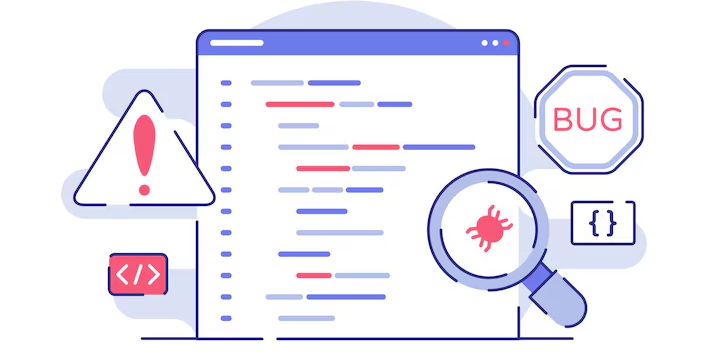
Automated Testing: Use automated testing for routine tasks such as unit tests, integration tests, and UI tests.
Manual Testing: Perform manual testing to identify issues that automated tests may overlook. This includes usability testing, exploratory testing, and beta testing with actual users.
Performance Testing: Examine the application’s performance under various conditions to ensure it is capable of handling high traffic and perform well on multiple devices.
7. Security

Data Encryption: Encrypt sensitive data to prevent unauthorized manipulation.
Authentication: Use strong authentication mechanisms like OAuth authentication or two-factor authorization to ensure secure access.
Regular Updates: Keep the app and its associated components up to date with the most recent security patches.
8. Deployment

App Store Guidelines: To avoid rejection, make sure your app follows the App Store (iOS) and Google Play (Android) guidelines.
Beta Testing: Run a beta testing phase to collect feedback and identify any outstanding issues.
Set up Continuous Development and Deployment (CI/CD): pipelines to automate the deployment process, resulting in quick and reliable releases.
9. Post-Launch Monitoring and Maintenance
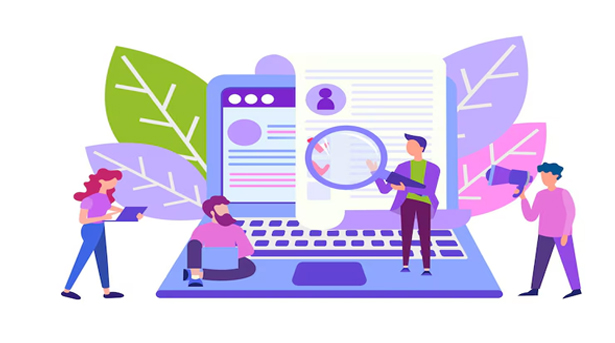
Analytics and Monitoring: Use tools like Google Analytics or Firebase to track user behaviour and app performance. identify and resolve issues, monitor crash reports and user feedback.
Release regular: updates to fix bugs, improve performance, and add new features. Take into account user feedback and make necessary changes to the app.
Customer Support: Provide responsive customer service to address user issues and questions.
10. Marketing and User Acquisition
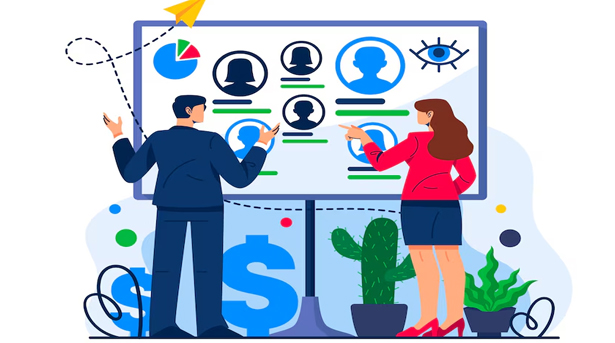
App Store Optimisation (ASO): To increase app store visibility, optimise your app’s title, description, keywords, and visuals.
Digital Marketing: Promote your app utilising digital marketing strategies such as social media marketing, content marketing, and paid advertising.
User Engagement: Engage with your users through push notifications, in-app messages, and social media to keep them and encourage positive feedback.
11. Scaling and Growth

Scalability: Make sure your app and backend infrastructure are scalable to accommodate growing user numbers and data.
New Features: Continue to innovate by adding new features and improving existing ones in response to user feedback and market trends.
Partnerships and Collaborations: Work with other businesses or influencers to broaden your app’s reach and user base.
Conclusion
Mobile app development is an iterative process that necessitates a combination of expertise in technology, creativity, and user-centered design. By adhering to these best practices, you can increase the chances of creating a successful and sustainable mobile application. Focus on providing value to users, upholding high quality and security standards, and remaining adaptable to changing technologies and user demands.
Given Below are Some Mobile App Development Related Blogs:- |


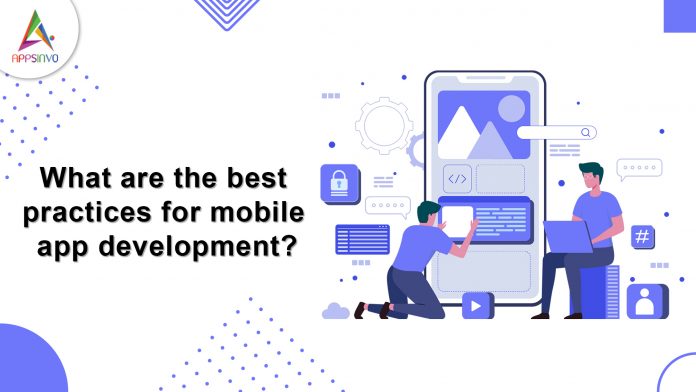


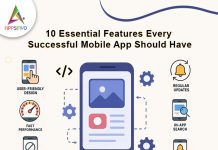


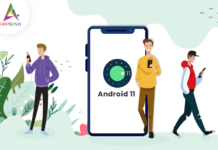




This is a fantastic resource for anyone starting out with mobile app development! The breakdown of each step, from ideation to post-launch maintenance, is super clear and actionable.
I especially like the emphasis on user-centered design – a great app is all about providing a smooth and enjoyable user experience.
Following these best practices will definitely increase your chances of building a successful mobile app. Thanks for sharing!
Thanks author Kanhaiya for sharing this kind of an article. He nailed it actually by conveying those 10 practices, looking forward to getting more blogs from him.
The best practices for mobile app development outlined in this blog are spot-on. Prioritizing user experience with intuitive design and fast performance is crucial for success. Ensuring robust security measures to protect user data is also essential in today’s digital landscape. The emphasis on thorough testing across various devices and operating systems helps to deliver a reliable app. Adopting these practices will certainly set a strong foundation for creating high-quality, user-friendly mobile applications.
This blog provides a thorough overview of essential best practices for mobile app development. The emphasis on user-centered design and rigorous testing is spot on, as these elements are crucial for app success. I particularly appreciated the practical tips on optimizing performance and ensuring security. The inclusion of real-world examples helps to illustrate these practices effectively. Overall, this is a valuable resource for both new and experienced developers looking to enhance their app development process.
Magnificent beat ! I would like to apprentice at the same time as you amend your website, how could i subscribe for a blog site? The account aided me a acceptable deal. I have been tiny bit acquainted of this your broadcast offered vibrant clear idea